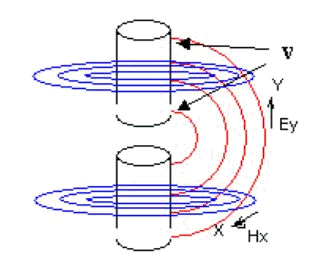Here is someone elses diagram
Hi there,
Here is someone else's diagram of a capacitive coil, used by quantumuppercut in the Romero thread. This is one way to create it, the winding is the same but the connections are different. If the red was connected to red and blue to blue that is the way I would connect it, there is no connection other than capacitive.
You can use this as a drive coil and a generator coil, there will not be a Lenze effect.
ImageShack® - Online Photo and Video Hosting
Mike
Hi there,
Here is someone else's diagram of a capacitive coil, used by quantumuppercut in the Romero thread. This is one way to create it, the winding is the same but the connections are different. If the red was connected to red and blue to blue that is the way I would connect it, there is no connection other than capacitive.
You can use this as a drive coil and a generator coil, there will not be a Lenze effect.
ImageShack® - Online Photo and Video Hosting
Mike











Comment